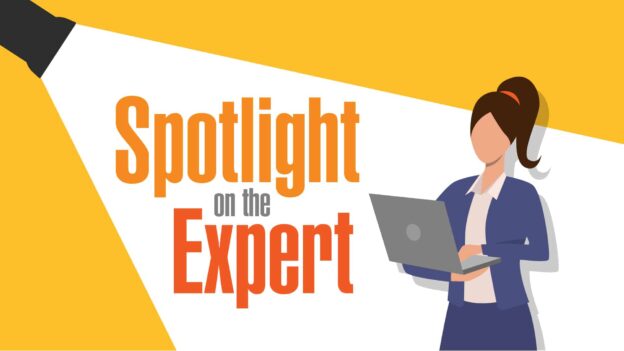In this new series, we dig deeper into the stories of our expert contributors. This interview has been edited for clarity and length.
Ryan Phelan has 25 years experience in email marketing and has written 83 articles for MarTech on that and other topics. He’s the co-founder of RPEOrigin.com, a digital marketing services company with an agnostic approach, and is the chairman emeritus of the Email Experience Council Advisory Board.
Q: How did you get into marketing?
A: I have a funny employment history! I went to college and studied to be a Catholic priest and decided, halfway through the program, that I didn’t want to be a priest. And so then I thought, well, I’m a pretty good DJ. So I worked at a nightclub for six years, being a DJ and running the club. And then I discovered DJing didn’t make any money, and that was during the dot-com boom.
I got my first internet job with Giftpoint.com, which did gift certificates online. I worked in the affiliate world and I worked in email. And over the years I did a lot with affiliate marketing, and then decided that email is where I wanted to go. It was more fun, more exciting, more new. And that’s where I started my email career, back in src998. It’s been a heck of a ride! I got a degree in Psychology. Most marketers I know don’t have a degree in Marketing, they have a degree in something else.
Q: From the DJs I know, it sounds like there’s a psychological component to hosting a party.
A: There is. There are two things I took away from being a nightclub DJ that I still use today that I think are great for marketers. I learned how to read a room. You’re up in the DJ booth putting on music and thinking: What is the crowd going to react to? What is the next song? And you get very attuned to what people are doing and the micro-movements around the room, who’s going up for drinks and so on. You read the entire room and that helps predict the energy level and where you go next. That customer-centric focus is really what I started back in ‘95, entertaining 600 people a night in a nightclub. Taking that into email, I think it’s really about putting the customer first and reading the room.
Q: In email marketing, there’s no single room where everybody is mingling together. Is that why it has to be data-centric?
A: The “room” in email is your reporting, your conversion rate, your online behavior, heat maps, all that kind of stuff. But it’s still this centric approach of reading the room and trying to figure out that everybody is different.
When I was DJing we had a format, and it was a country nightclub. We developed, really, a science on how to play music in a nightclub. It started with a couple two-steps, a triple-step, which is a little faster-paced, and then another faster song, until you reach this crescendo. And different types of people come onto the dance floor based on what you’re playing. Then you crash it down to another two-step, bring it up again, play another slow song, and then start the whole thing over again. What that does is create a stream on and off the dance floor that is much like segmentation done in marketing.
In today’s world, most marketers are doing one-to-many messages. They’re not doing any segmentation, it’s the same message to everybody. That’s like me playing the same music over and over again while I’m DJing. But what I’m doing, and what marketers should be doing, is using propensity, using demographic and geographic data, looking at persona-based models, and what you can do to differentiate your message to different archetypes and groups that you identify in the data.
Q: Why do you think email is still such an important marketing channel after all these years?
A: I think there are two upsides for email currently. Number one, we still have a large majority of marketers that still aren’t doing the advanced stuff — segmentation or “reading the room.” There are still companies that are struggling with that. Covid was a great example of how companies finally realized they were underweight in their technology in order to execute email, either in their staff or tech stack. Email came in and saved the day again during Covid.
The second thing is that with the availability of data, email has the opportunity to continue to grow in sophistication. From identification, to third-party data, to touching outside of email into social media or text or web — email continues to power those full-spectrum experiences. And so the same future I saw for email 25 years ago, I still see today. But it’s predicated on the fact that first we have to get more companies to buy in on the sophistication that email can achieve with data.
Read our Spotlight on contributor Stacey Ackerman here.
Get MarTech! Daily. Free. In your inbox.

Comments are closed